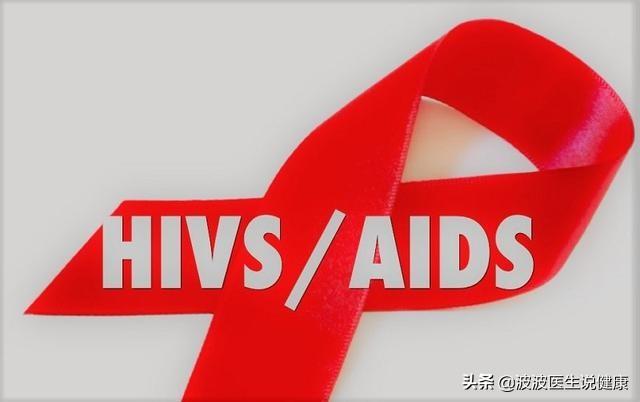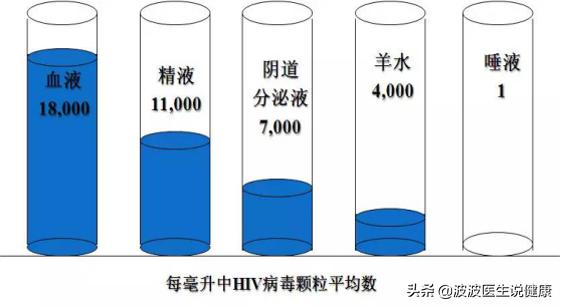What are the most common ways AIDS is currently transmitted and what are the chances of getting AIDS from each of them?
Hello, I'm Dr. Bobo, and I work at the CDC on HIV, Hepatitis C, and other infectious diseases, and I'm here to answer your questions.
There are many netizens who wrote to me privately, including when doing VCT at work, and many of them inquired about the chances of getting infected with HIV after having unprotected sex with another person on a single occasion, and how high the risk of getting infected oneself is if you give it to someone else, etc. Let me give you a unified answer to this type of question.
We know that there are three ways of spreading AIDS: mother-to-child transmission, sexual transmission and blood transmission, but the probability of transmission is different for each of them. At the present stage, the main means of transmission of AIDS in our country is sexual transmission, with male and female as the main means of transmission.

Of the three ways in which AIDS is transmitted, before 2006, drug abuse through shared syringes was the main route, and after 2006, sexual transmission surpassed blood transmission to the point where sexual transmission is now the absolute main route of transmission. As a result of our country's vigorous efforts to combat drug abuse and trafficking (kudos to the police) and the promotion of the needle exchange policy, the proportion of HIV transmission through drug abuse has dropped dramatically, and now accounts for only about 3%. Mother-to-child transmission is also less common due to the maturity of interruption technology and the national policy of interruption of mother-to-child transmission. The above two ways can be solved through laws and regulations and administrative measures, but the sexual way is difficult and unrealistic. And with Internet dating and the casualization of sex, including the increasing acceptance of same-sex sex, it is very difficult to intervene in the sexual transmission of AIDS.

The graph above shows the levels of HIV in the various body fluids of the human body. It can be seen that the highest levels are found in blood, followed by semen, which explains why it is easy to transmit from male to female and relatively difficult to transmit from female to male. Saliva and sweat carry very little virus and therefore do not transmit HIV.
So what is the probability of transmission by various routes? The chart below:

We can see that in a single act, blood transfusion is the highest, followed by childbirth, and the risk of infection from unprotected sex is very low. However, it is important to note that we should not indulge ourselves just because the single risk is low, if it happens to us, the probability will become 100% and will have a huge impact on our personal life. So, we should still protect ourselves!
If a person is infected with HIV, through regular treatment, when the viral load is below the lower limit of detection for more than six months, it can be considered that the probability of transmission to the other person through sexual intercourse is 0, i.e., "U = U." Therefore, if you have been infected with HIV, please be sure to take active treatment for the sake of your own health and the health of others.
If you friends have questions about AIDS-related issues, you can follow me to consult private letter Oh, thank you ~!
This question and answer are from the site users, does not represent the position of the site, such as infringement, please contact the administrator to delete.